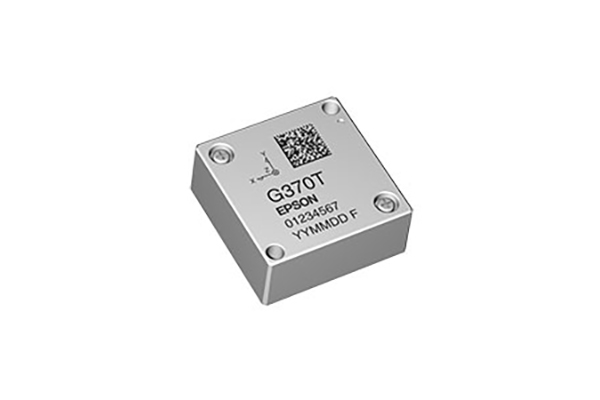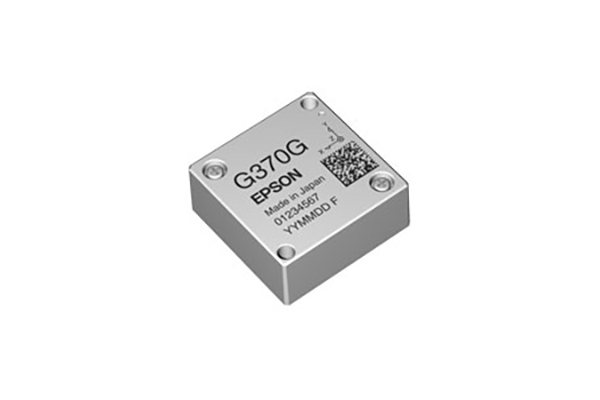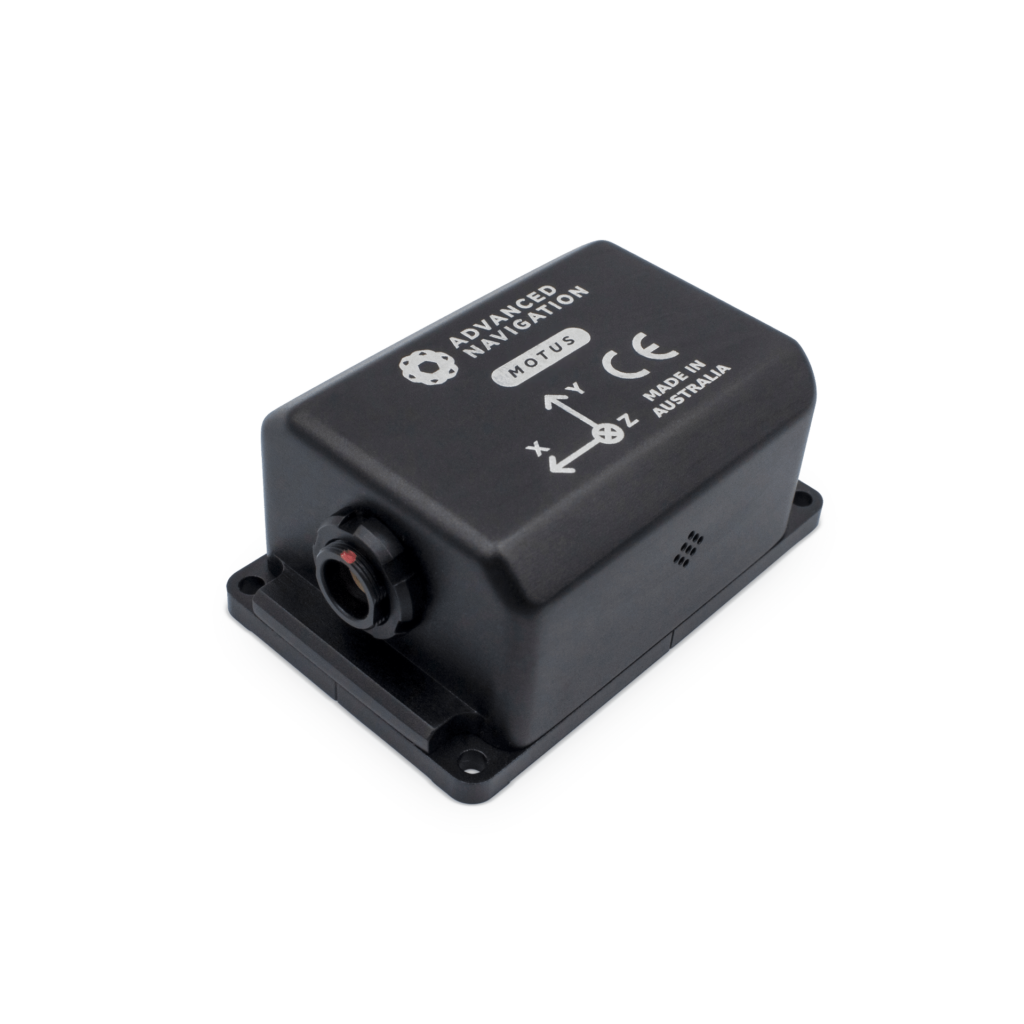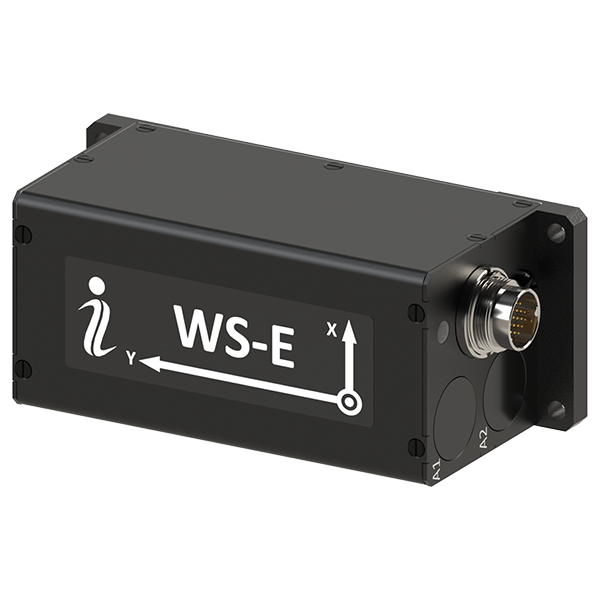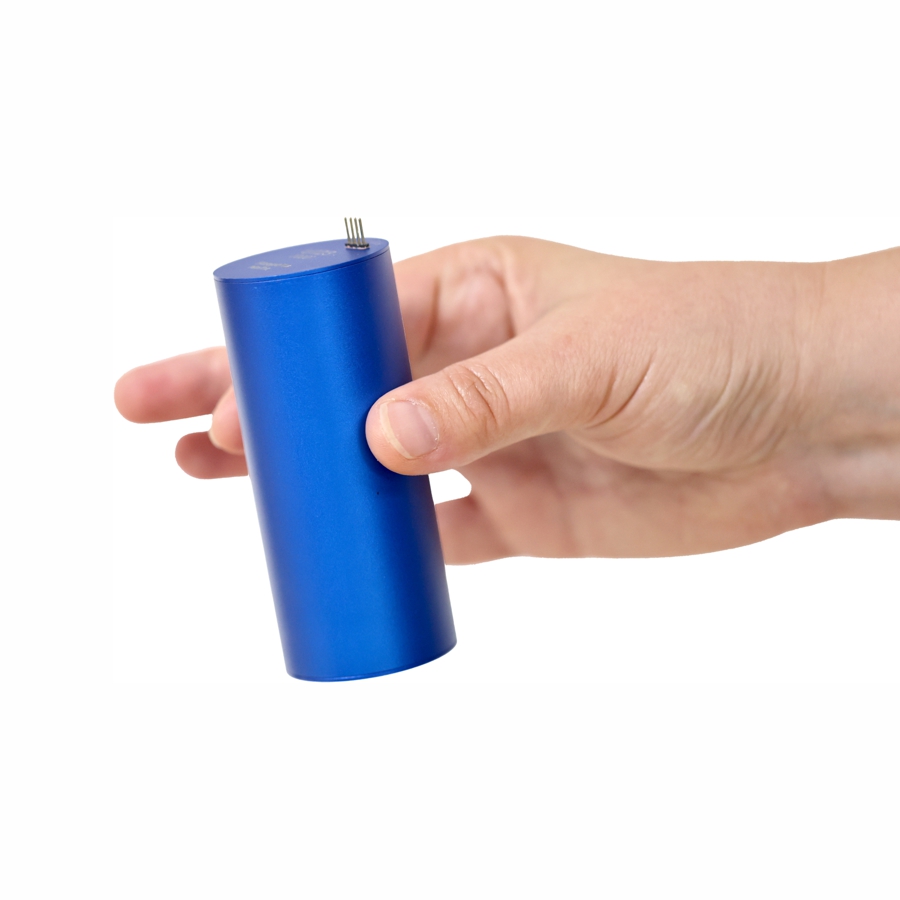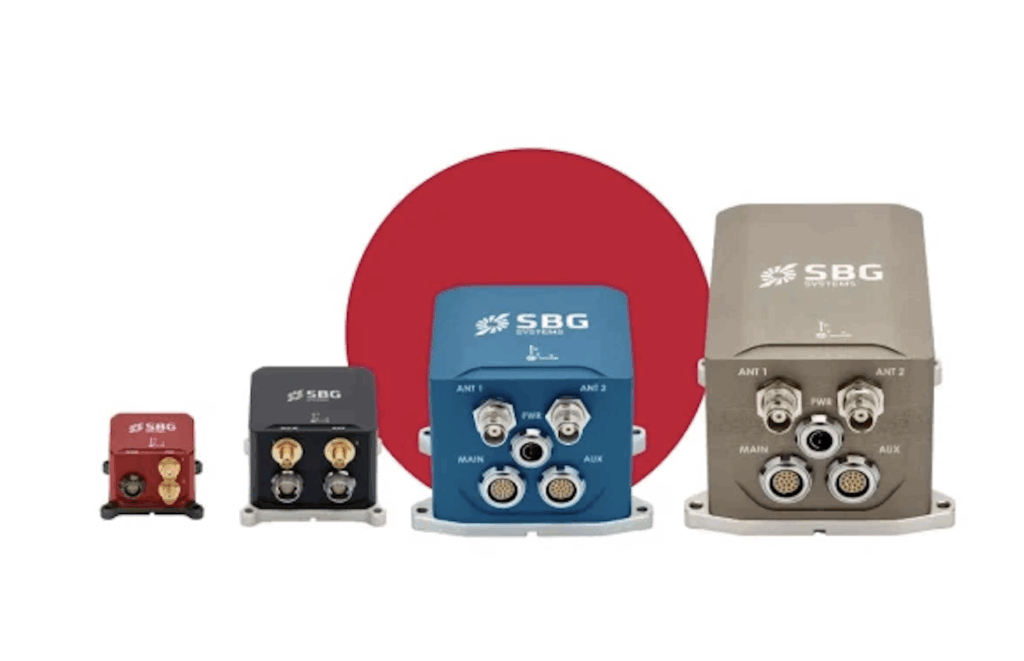Suppliers
Add your company
Advanced Motion Sensing Solutions for Offshore & Marine Autonomous Systems
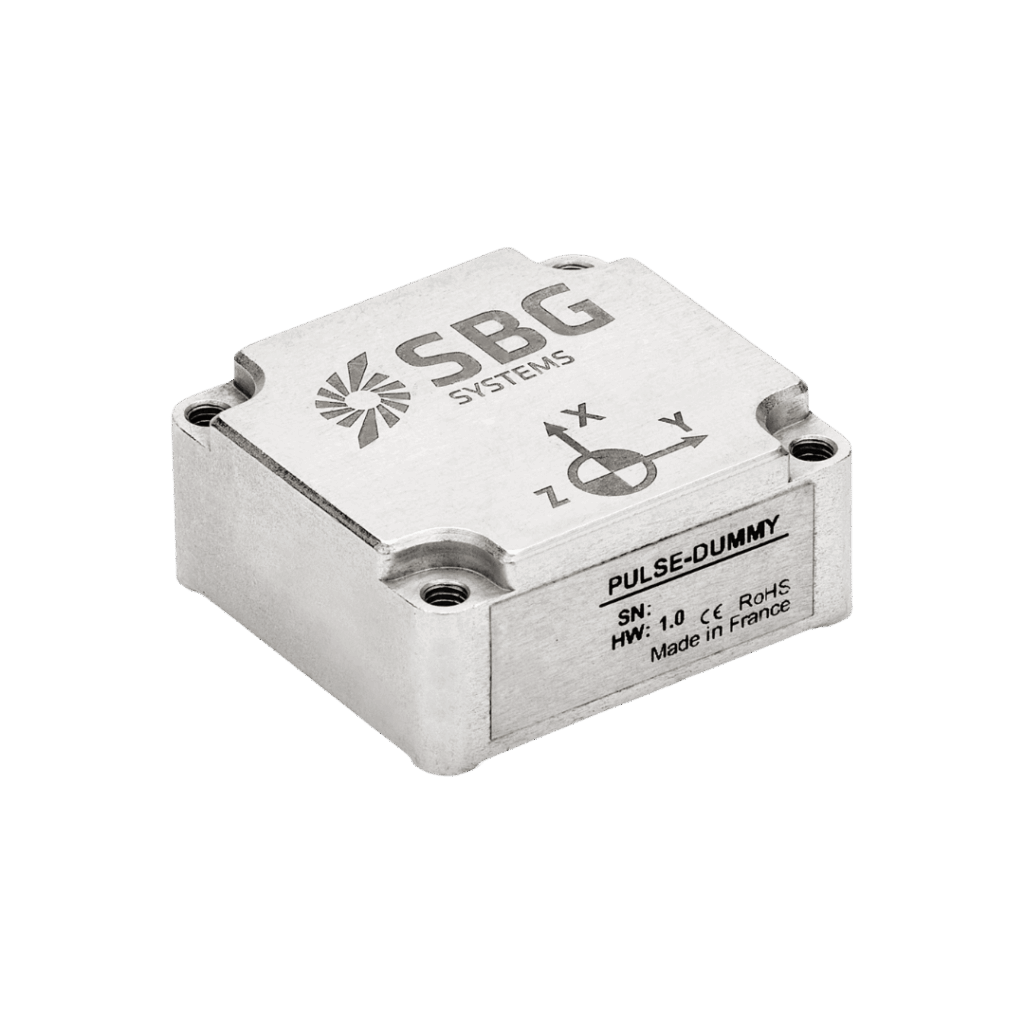
Advanced Inertial Navigation, Motion & Positioning Solutions for Marine Applications
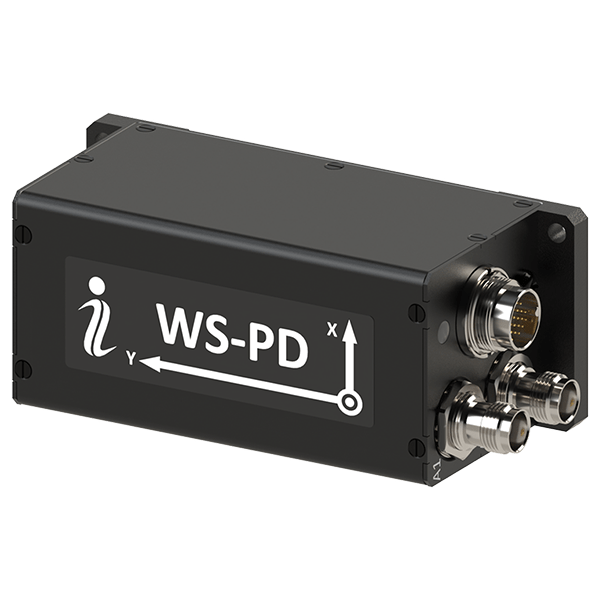
Cutting-Edge Positioning, Navigation & Motion Tracking Systems for Marine & Maritime Vessels & Platforms
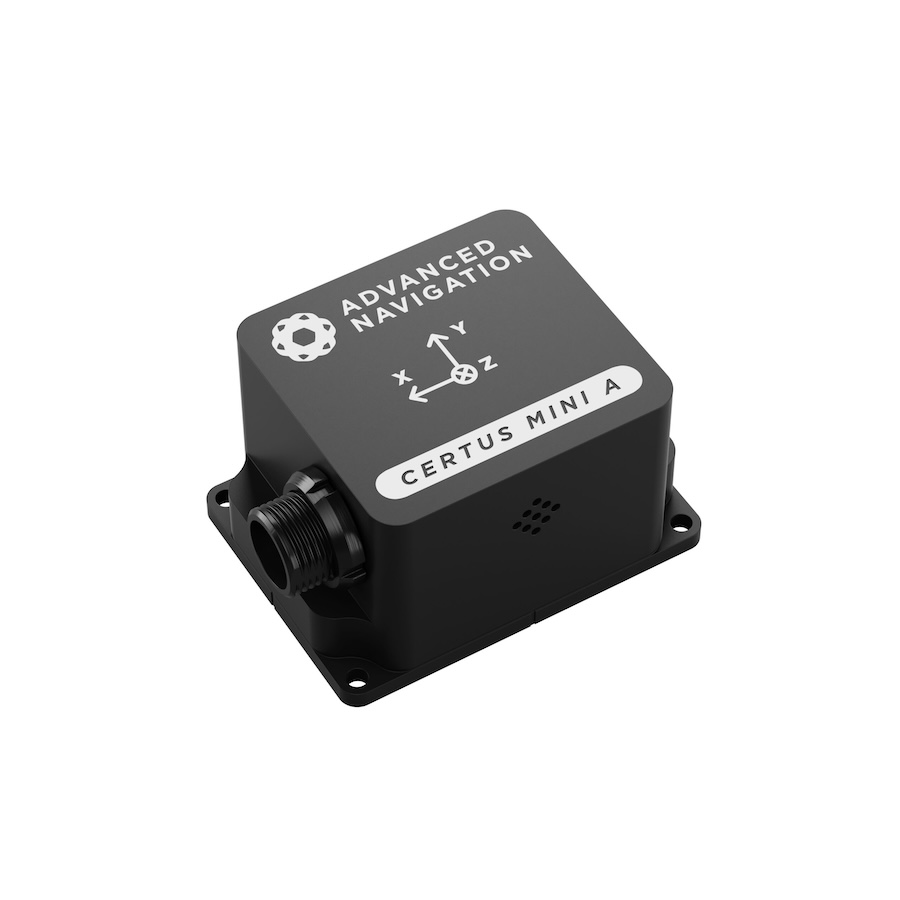
High-Accuracy Inertial Sensors & Acoustic Positioning Systems for Marine, Maritime & Offshore Applications
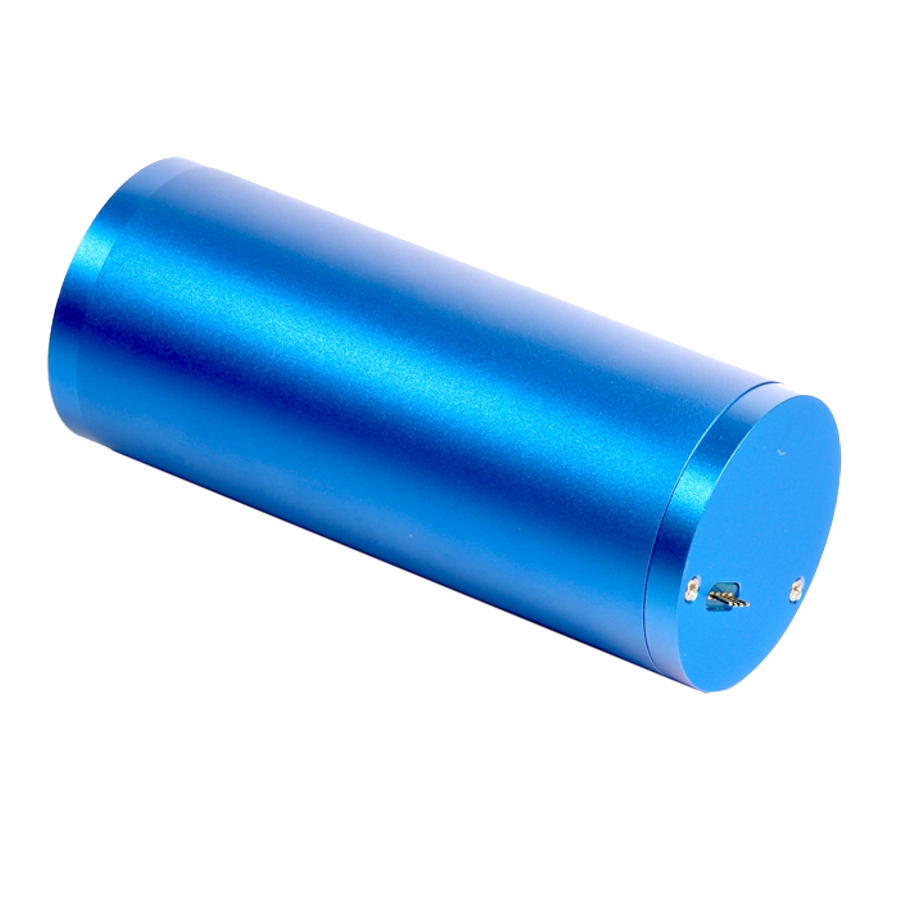
Cutting-Edge Low-SWaP Fiber Optic Gyroscopes (FOG) & FOG IMUs for Precision Motion & Orientation Measurement
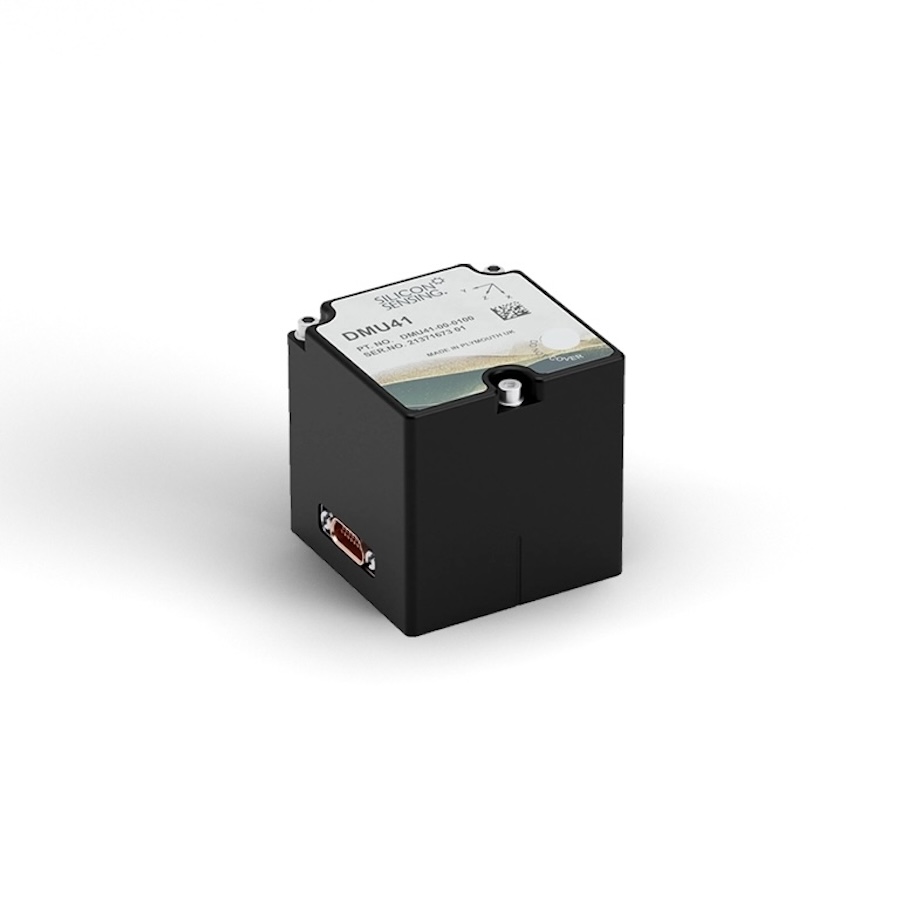
High-Performance MEMS Gyroscopes, Accelerometers & Inertial Systems for Marine & Maritime Applications
If you design, build or supply Inertial Measurement Units, create a profile to showcase your capabilities on this page
Products
Inertial Measurement Units for Marine Applications
Inertial Measurement Units (IMUs) capture and relay motion, orientation, and position data in challenging marine conditions. Built to operate reliably across both surface and subsea platforms, these units provide core sensing capabilities for navigation, stability, and control in oceanographic, commercial, and defense-related missions.
Core Components and Functionality of Marine IMUs
A marine IMU integrates high-performance sensors – typically MEMS accelerometers, gyroscopes, and sometimes magnetometers – into a unified inertial motion unit. These components work in concert to measure angular velocity and linear acceleration along three orthogonal axes. The output is processed through embedded systems to deliver precise motion tracking, even in the absence of GPS signals.
Applications in AUVs, ROVs, and Ships
High-accuracy IMUs are central to the autonomy and operational efficiency of underwater vehicles. In autonomous underwater vehicles (AUVs) and remotely operated vehicles (ROVs), they enable dead-reckoning navigation, guidance, and control in GNSS-denied environments. On surface vessels, they support roll and pitch stabilization, motion compensation for sonar arrays, and dynamic positioning systems. Their integration into these platforms ensures reliability in high-performance marine operations.
High-Performance IMU Design for Marine Conditions
Marine-grade inertial measurement systems are designed for ruggedness, compactness, and stability. These systems often feature corrosion-resistant housings, IP-rated environmental sealing, and advanced thermal calibration to withstand salinity, pressure changes, and temperature extremes. Many are engineered as miniature systems without compromising inertial performance, enabling flexible deployment across space-constrained platforms.
Inertial Measurement Sensor Technology: MEMS and Beyond
While MEMS (Micro-Electro-Mechanical Systems) dominate the marine market for their balance of cost, size, and robustness, applications requiring ultra-low drift may leverage fiber-optic gyroscopes (FOGs) or ring laser gyroscopes (RLGs). The choice of technology depends on the application’s required level of accuracy, mission duration, and environmental exposure.
Motion Tracking and System Integration
Inertial measurement units often operate as part of larger systems, including Inertial Navigation Systems (INS) and integrated navigation suites that combine GNSS, DVL (Doppler Velocity Logs), and acoustic positioning. These systems rely on the IMU’s high-fidelity data to deliver real-time orientation and position updates, ensuring accurate tracking across dynamic and unpredictable marine scenarios.
Engineering Considerations and Accuracy Metrics
Achieving consistent measurement accuracy over time and under varied conditions is critical. Engineering considerations include minimizing sensor drift, optimizing data fusion algorithms, and applying temperature compensation. High-performance units achieve angular rate stability and linear acceleration precision that support extended subsea missions without external correction sources.









